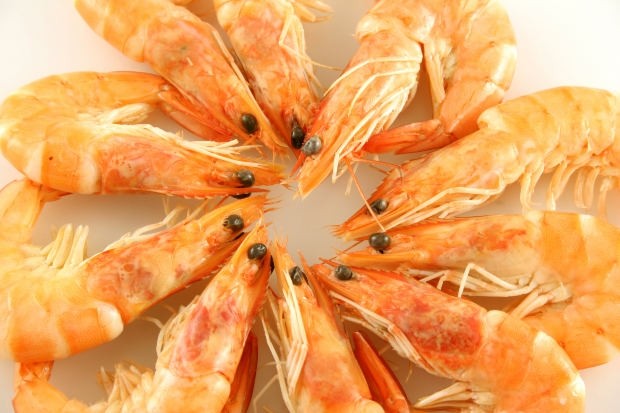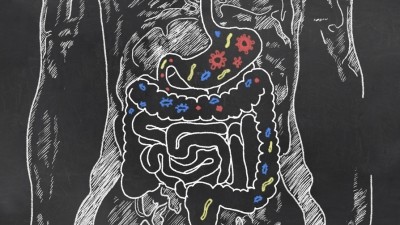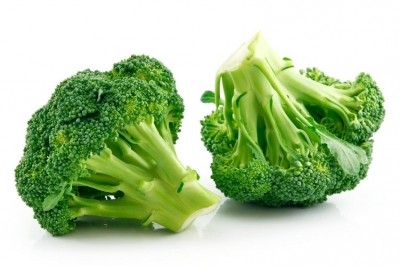Chitosan combined with resistant starch slashes obesity and may prevent diabetes

These was the key finding from a study on rats carried out by scientists in China and Australia.
They found that treatment with chitosan-starch complexes can control body and adipose tissue weight, and improve blood lipid composition and antioxidant status more effectively than either chitosan or resistant starches alone.
Chitosan is a type of fibre derived from chitin, a substance that develops in the hard outer shells of crustaceans.
This study investigated the interventional effect of chitosan (CS), resistant starch (RS) and chitosan-starch complexes (CL) on blood glucose, lipid composition and oxidative stress in high-fat diet fed rats.
Writing the journal Carbohydrate Polymers, they stated: “Compared with RS or CS alone, CL administration performed more efficiently in controlling body weight and adipose tissue mass, together with an increase in high density lipoprotein cholesterol (HDL-C) concentration, and oxidative stress suppression by increasing body antioxidant capacity.”
“This study found CL administration performed the most efficiency in attenuating HDL-C decrease caused by high-fat diet than either RS or CS treatment.
“This performance may be associated with the synergistic effect of resistant starch and chitosan in the regulation of lipid metabolism.”
According to the researchers, there was a remarkable reduction in the body weights of the interventional groups – by up to one-fifth – and the CL treated group showed the most prominent reduction.
Better performance
Meanwhile, RS and CL administration significantly lowered the liver weight of obese rats to the level of normal rats.
“Additionally, all the interventions dramatically suppressed the adipose tissue expansion induced by high fat diet, with better performance in controlling epididymal fat weight for CL and RS treatments,” added the researchers.
There were also marked improvements in blood glucose and lipid levels across all three interventions, the CL group performed the most efficiently in suppressing oxidative stress.
The study concluded: “This study demonstrates that when compared with resistant starch or chitosan alone, treatment with chitosan-starch complexes can efficiently attenuate metabolic dysfunction seen in the obesity induced rats in terms of controlling body and adipose tissue weight and improving blood lipid composition, together with improving antioxidant status in the body.
“Enhanced antioxidant enzyme activity may protect liver cells and improve regulation of lipid metabolism, liver function and expression of oxidative stress related genes in high fat-diet induced obese rats. A dietary intervention based on a combination of resistant starch and chitosan may be a viable supplementary prevention of obesity or diabetes.”
Source: Carbohydrate Polymers
http://dx.doi.org/10.1016/j.carbpol.2016.10.042
“Enhanced anti-obesity effects of complex of resistant starch and chitosan in high fat diet fed rats”.
Authors: Xu Si, et al.














